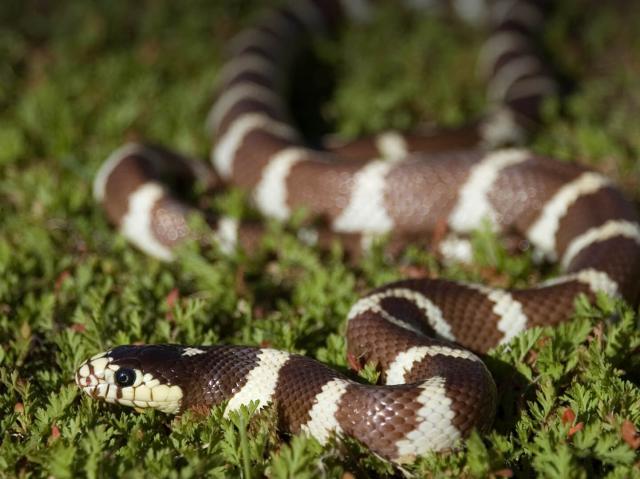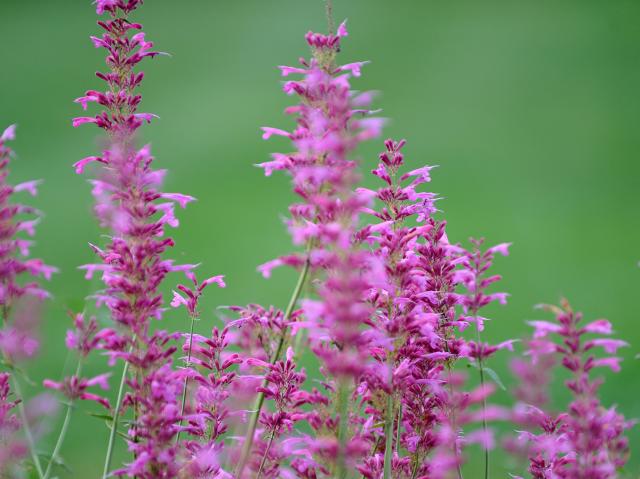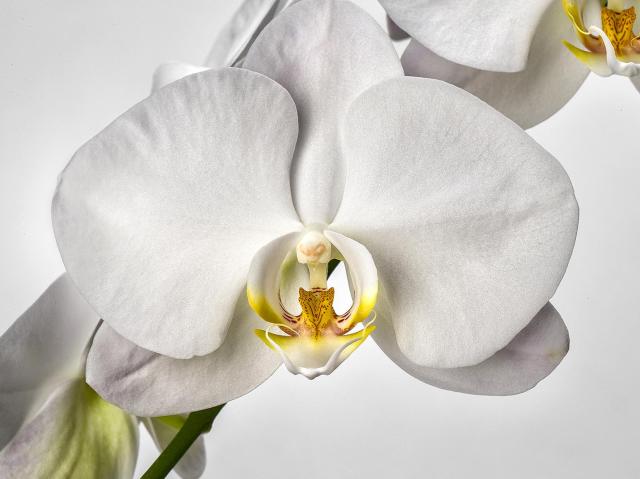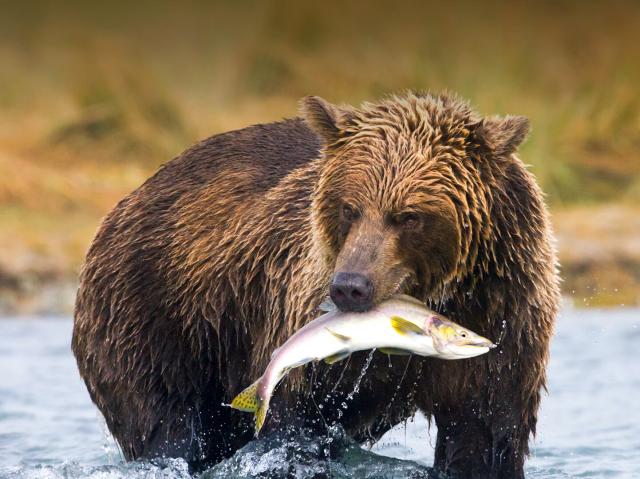
Bamboo

- Division: Magnoliophyta
- Class: Lilospida Monocots
- Order: Cyperales
- Family: Poaceae
- Subfamily: Bambusoideae
- Genus: 91 genera
- Species: more than 1,000

OVERVIEW
Bamboo is a tree-like (arborescent) grass. Like trees, bamboo grows tall and has a hard covering around the main supporting structure. But that's where the similarities end!
A tree sapling's thin trunk becomes wider as the tree grows in height and increases in girth from the inner layer, called the cambium, under the bark. On the other hand, a bamboo stalk, called a culm, maintains the same diameter from sprout to full-grown cane.
Bamboo is native to the tropical, subtropical, and temperate regions of the world. It thrives from sea level up to snow-capped mountains at 13,000 feet (3,962 meters) in elevation. Bamboo grows with as little as 30 inches (76.2 centimeters) to as much as 250 inches (635 centimeters) of annual rainfall.
CHARACTERISTICS
Bamboo falls into one of two groups, depending on what goes on beneath the surface. Clumping bamboo has short, thick rhizomes that spread relatively slowly in fairly small areas. The rhizomes of running bamboo have a markedly horizontal growth habit, which leads them to spread rapidly. Clumping bamboos are from tropical areas, while running bamboos tend to originate from more temperate regions.
New stalks, covered by a papery sheath bearing bristly hairs, sprout from the plant's rhizomes each spring. Each stalk, called a culm, maintains the same diameter from sprout to full-grown cane. The width of the bamboo shoot portends its ultimate height: the thicker it is, the taller it will be when it reaches its full size, about 90 days after breaking the soil surface. Once the stalk's maximum height is reached, the rest of the plant's energy goes into leaf development and extending the root stock.
Eventually, at a point in time that varies by species, the bamboo develops grass-type flowers. When pollinated, the blossoms produce seeds, and the entire plant, which at this point has spread over a wide area, dies. An unknown system causes each species to flower globally and die back at the same time. Some types flower every 50 years; others don't flower for more than 100 years.
CULTIVATION
Most bamboo varieties do best with at least five hours or more of direct sunlight daily. New shoots emerge from April to June each year. Once they reach their full height and leaf out, the plant's energy goes into developing rhizomes underground, which will produce new sprouts the following year. Bamboo is a forest-type plant that thrives when well mulched. After the initial planting, however, you won't need to add mulch—just don't rake up the leaves the plant drops.
USES
Various bamboos provide shade, beauty, and partitions, but this fast-growing plant provides much more than landscaping solutions (and panda browse at the Zoo). Bamboo has supplied timber for shelter for millions of people, not to mention an endless list of other helpful applications: material for suspension bridges, skyscraper scaffolding, airplane skins, musical instruments, furniture, paper, food, medicine, fuel, and even the filament for Thomas Edison's first successful light bulb!
OUR COLLECTION
Our teams of expert horticulturists at the San Diego Zoo and San Diego Zoo Safari Park grow bamboo for giant pandas, red pandas, takins, and other wildlife to eat. They maintain and harvest several varieties of bamboo, year-round, to ensure an abundant supply. In addition, we grow and care for even more ornamental species as part of our accredited botanical collection, made up of 67 taxa of bamboo. Scientists travel from all over the world to see our accredited collection. You can find these remarkable plants all throughout the zoo, including some of the largest species growing along Tiger River Trail.
BOTANY VOCAB
Rhizome: the underground stem from which roots sprout
Culm: the central stem
Node: the part of the stem from which branches and leaves emerge.
COMMUNAL CONNECTION
The culms of a bamboo clump are interconnected by the branched network of rhizomes. Each individual culm is dependent upon the others for sustenance.
INSIDE STORY
The culms of most types of bamboo are hollow. Yet because of their high silica content, they are surprisingly strong.
BRIGHT IDEA
Thomas Edison used pieces of culm from black bamboo Phyllostachys nigra as filaments in early light bulbs.










